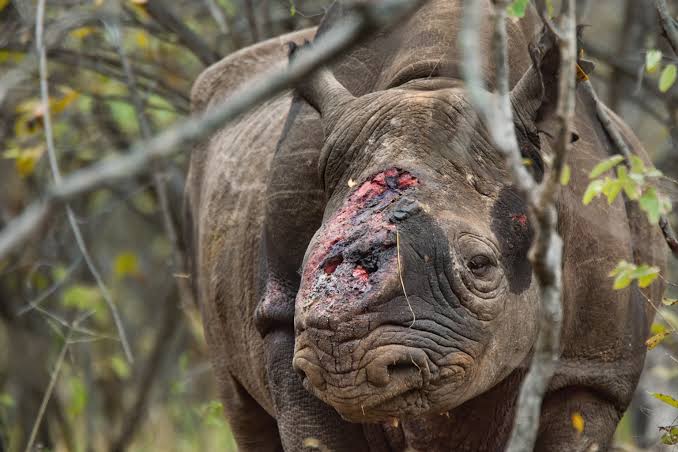Recent reports reveal a modest increase in the global rhino population, but this positive trend is overshadowed by a disturbing rise in poaching, particularly in South Africa. Driven by an insatiable demand for rhino horns, poaching remains a significant threat to these majestic creatures, as conservationists call for urgent action.
According to a new report, the population of white rhinos has risen from 15,942 in 2022 to 17,464 in 2023. This increase represents a hopeful sign for conservation efforts. However, the numbers for black and greater one-horned rhinos have remained stable, indicating that more work is needed to protect these subspecies. The situation is especially dire for the northern white rhino, which is effectively extinct in the wild. Currently, only two females survive in the Ol Pejeta Conservancy in Kenya. Researchers are actively working on innovative solutions, including the creation of embryos from preserved genetic material to implant into surrogate black rhinos, with hopes of reviving the subspecies.
Despite these efforts, the statistics on rhino killings are alarming. In 2023, a total of 586 rhinos were reported killed across Africa, with the vast majority in South Africa, which is home to approximately 16,056 rhinos. This marks a significant increase from the 551 killings reported in 2022, highlighting the urgent need for more effective anti-poaching measures. The International Union for Conservation of Nature emphasizes that while rhino populations have seen slight improvements, poaching remains the most immediate and dangerous threat.
The decline of rhinos is stark; fewer than 28,000 remain in the wild, down from around 500,000 at the beginning of the 20th century. While habitat loss and climate change contribute to the challenges faced by rhinos, the primary driver of their decline continues to be poaching, fueled by misconceptions about the medicinal properties attributed to rhino horns.
Philip Muruthi, vice president for species conservation at the Africa Wildlife Foundation, asserts that protection measures have played a pivotal role in increasing rhino populations. In Kenya, the white rhino population rose from just 380 in 1986 to around 1,000 last year, a success largely attributed to their relocation to protected sanctuaries. This model demonstrates that with proper protection and management, rhinos can rebound.
Muruthi advocates for a multifaceted approach to combat poaching. He emphasizes the need for campaigns aimed at reducing the demand for rhino horns and calls for the adoption of advanced technologies for tracking and monitoring rhino movements. Furthermore, he highlights the importance of engaging and educating local communities about the ecological and economic benefits of rhino conservation, fostering a sense of stewardship and support for wildlife.

Rhinos are not only vital for their ecosystems but also play a crucial role in maintaining biodiversity. As mega herbivores, they help shape their habitats by grazing and creating pathways for other herbivores, while also facilitating forest growth by dispersing seeds through their dung. Muruthi expressed concern over the precarious status of the northern white rhino, emphasizing that the species should not have reached such a critical juncture.
The last male northern white rhino, named Sudan, who passed away in 2018, has been preserved and is displayed at the Museums of Kenya in Nairobi. Bernard Agwanda, a research scientist and curator, noted that preserving Sudan serves as a poignant reminder of the species’ plight and the importance of ongoing conservation efforts. Agwanda expressed hope that Sudan’s preservation will tell the story of the northern white rhino for generations to come, educating the public about the consequences of extinction and the necessity of protecting wildlife.
As the world observes the slight increase in rhino populations, the rising threat of poaching calls for renewed commitment to conservation. Collaborative efforts among governments, NGOs, and local communities are essential to ensure that rhinos continue to thrive in the wild, safeguarding their future for generations to come.


